lass
Digitization of film negatives and color slides can be done by means of scanners or digital cameras. This post will show a reproduction station with digital camera derived from a former darkroom enlarger.
The original device was an LPL enlarger of 4×5” (10×12.5cm) maximum format. The enlarger head is equipped with a diffusion box for an optimal contrast control. The lighting system employs a side mounted halogen lamp with a color filtering system between the lamp and the diffuser box. Finally, the head incorporates a classical focusing system by means of a lens board sliding up and down and connected to the enlarger head by a bellows.
Before be used as a negatives and slides reproduction system, the enlarger head was disassembled from the column of vertical displacement. All the lighting and color filtering system was also discarded. The enlarger head is used now below the camera in reverse position. The Fig., 1 shows the assembly in working condition.

At top, a digital camera a) attached to a vertical displacement support and equipped with a suitable lens for close-up photography. In the example, a Nikon D610 camera body with the Micro-Nikkor 55mm f/3.5 lens. Below that, the described enlarger head in reverse position. In b) can be seen the focusing bellows used currently as a lens shade protecting the lens from undesired light. At bottom, in c), the diffuser box.
At right, in d), can be observed the slot to introduce the original negative carriers. As when it was used in the darkroom, the glass-less negative carriers allows to centre the original over the light diffuser. In this example, the original press board has been retired and the negative carrier stays in position by simple gravity. Being relatively free, it is very easy to slightly modify its position helping in the framing operations. At bottom right, in e), can be seen a Metz 45CT1 portable unit of electronic flash in charge of the diffuser box illumination. Any portable flash can be used provided that its size permits to be properly adapted in front of the illumination hole. If there is an excess of light power, it can be controlled by means of neutral density filters. For a better and more comfortable use of those filters, some pieces from the original filtering system can be employed.
The station, with the described modifications, incorporates some advantages very useful for the correct reproduction of photochemical originals:
- Practically absence of heat over the original to be reproduced.
- Electronic flash lightning of very short duration helping to avoid problems derived from undesired motion or vibrations during the exposure. Short exposure times reduces too the risk of noise development.
- Daylight color temperature extremely constant over time. This facilitates the color calibration when reproducing color negatives or slides.
- The diffuser box provides illumination evenness over the original and reduces the contrast avoiding the so called Callier’s effect (1) common in the enlarger heads with condensers.
Additionally, the reproduction with camera is advantageous compared with scanners:
- There is the ability to choose among a lot of camera bodies with different spatial resolution sensors.
- The lens system can be also chosen in combination with the working diaphragm aperture in order to optimize the performance of the camera sensor, both relating with lens aberrations and/or diffraction limits.
- Capture of raw files with extended dynamic range and bit depth relating with most common scanners. All that helps in a better image processing.
(1) JACOBSON, R. E., RAY, S. F., ATTRIDGE, G. and AXFORD, N. R. (2000) The Manual of Photography (pages 220-221). Ed. Focal Press, Oxford, U. K.


2 Replies to “Digitization System for Film Negatives and Slides (I)”